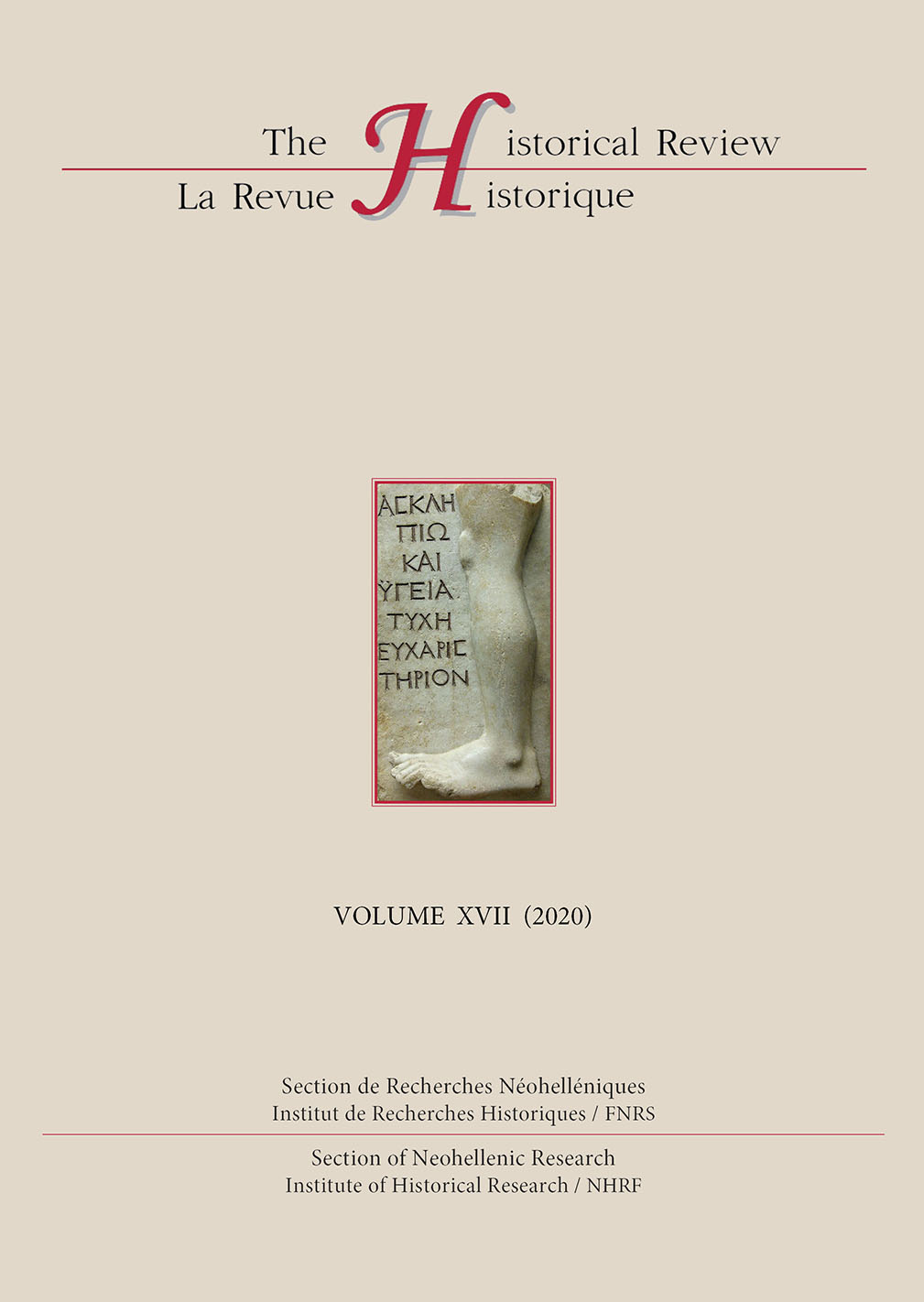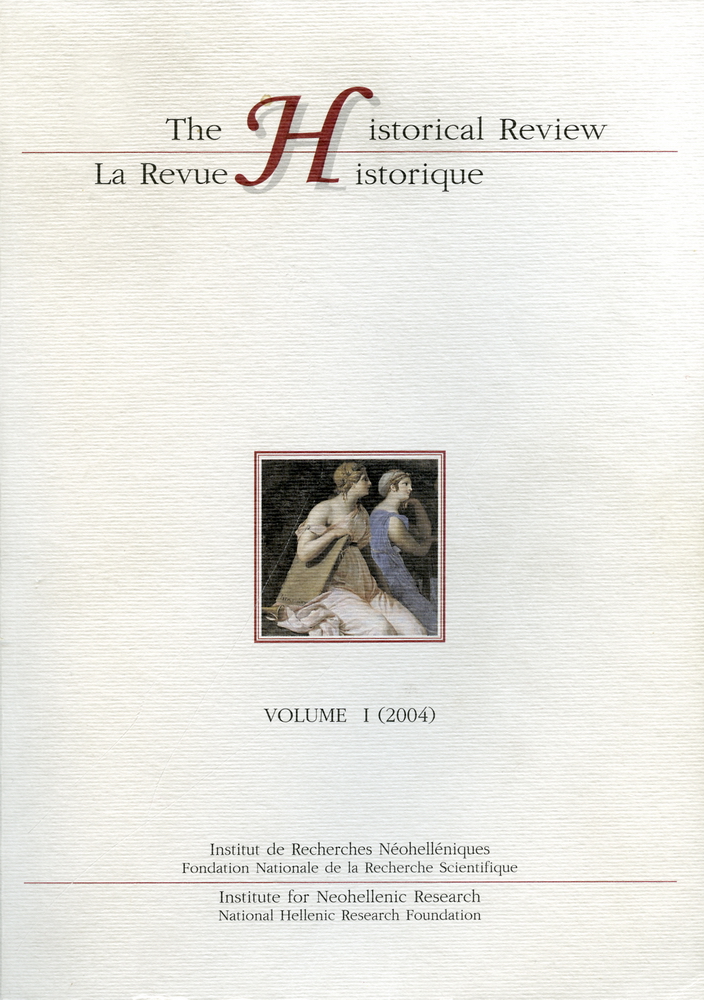Changing the Map in Greece and Italy: Place-name Changes in the Nineteenth Century
Abstract
to lessen the potential for confusion between the numerous homonymous municipalities that, once part of various sovereign states, were now part of a single nation. This article discusses the parallel paths that Greece and Italy followed on the renaming issue, where the internal discourse evolved within similar political and ideological parameters, both at an administrative and public dialogue level. However, despite their similarities, the final decisions in Greece and Italy were dictated by, firstly, the administrative organisation and structure selected by each country and, secondly, the political and ideological priorities, which were set in direct correlation with the domestic political conflicts, as well as the different circumstances each country faced in relation to its borders and the rise of antagonistic neighbouring nationalisms.
Article Details
- How to Cite
-
Kyramargiou, E., Papakondylis, Y., Scalora, F., & Dimitropoulos, D. (2021). Changing the Map in Greece and Italy: Place-name Changes in the Nineteenth Century. The Historical Review/La Revue Historique, 17, 205–250. https://doi.org/10.12681/hr.27072
- Issue
- Vol. 17 (2020)
- Section
- Articles

This work is licensed under a Creative Commons Attribution-NonCommercial-ShareAlike 4.0 International License.
The copyright for articles in this journal is retained by the author(s), with first publication rights granted to the journal. By virtue of their appearance in this open access journal, articles are free to use with proper attribution in educational and other non-commercial sectors. The Historical Review/La Revue Historique retains the right to publish papers that appear in the journal in collective volumes published by the Institute for Neohellenic Research/National Hellenic Research Foundation.
Sample acknowledgement: Reprinted with permission from the author. Original publication in the The Historical Review/La Revue Historique www.historicalreview.org
This work is licensed under a Creative Commons Attribution-NonCommercial-ShareAlike 4.0 Greece License. To view a copy of this license, visit http://creativecommons.org/licenses/by-nc-sa/4.0/ or send a letter to Creative Commons, 543 Howard Street, 5th Floor, San Francisco, California, 94105, USA







